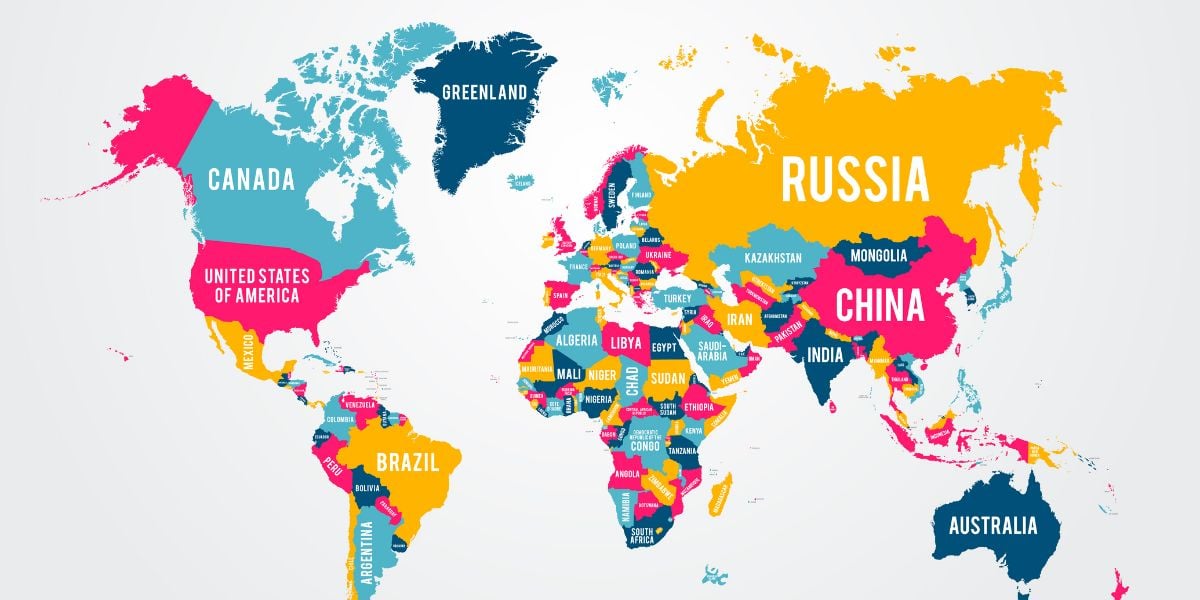Diabetes is finally being recognised as a global epidemic, with the potential to cause a worldwide healthcare crisis. Over 463 million people are currently living with diabetes in 2019, or 9.3% of the population.
Where is the diabetes at its worst? Which countries are most seriously affected by diabetes and how is this going to change?
It is estimated that currently diabetes affects 1 in 11 of the world’s adult population. The prevalence is higher in urban (10.8%) than rural (7.2%) areas, and in high-income (10.4%) than low-income countries (4.0%). Just over 1 in 2 people living with diabetes do not know that they have diabetes.
According to estimates by the International Diabetes Federation, this figure is set to increase to by 25% in 2030 and 51% in 2045.
This is over and above the estimates set out in a 2019 WHO (World Health Organisation) report. At this time, they forecast that by 2045 there would be 548 million diabetics worldwide.
Diabetes is growing faster than predicted.
For this reason this section is broken up into national profiles, by reading all of which it is possible to gain a basic global overview.
- Diabetes in the UK
- Diabetes in Scotland
- Diabetes in Wales
- Diabetes in Ireland
- Diabetes in America
- Diabetes in India
- Diabetes in Africa
- Diabetes in China
- Diabetes in Australia
- Diabetes in Russia
- Diabetes in Canada
The diabetes situation in each country is different in terms of the scale of the problem, the type of problem and the ability of the healthcare systems to deal with the problem.




